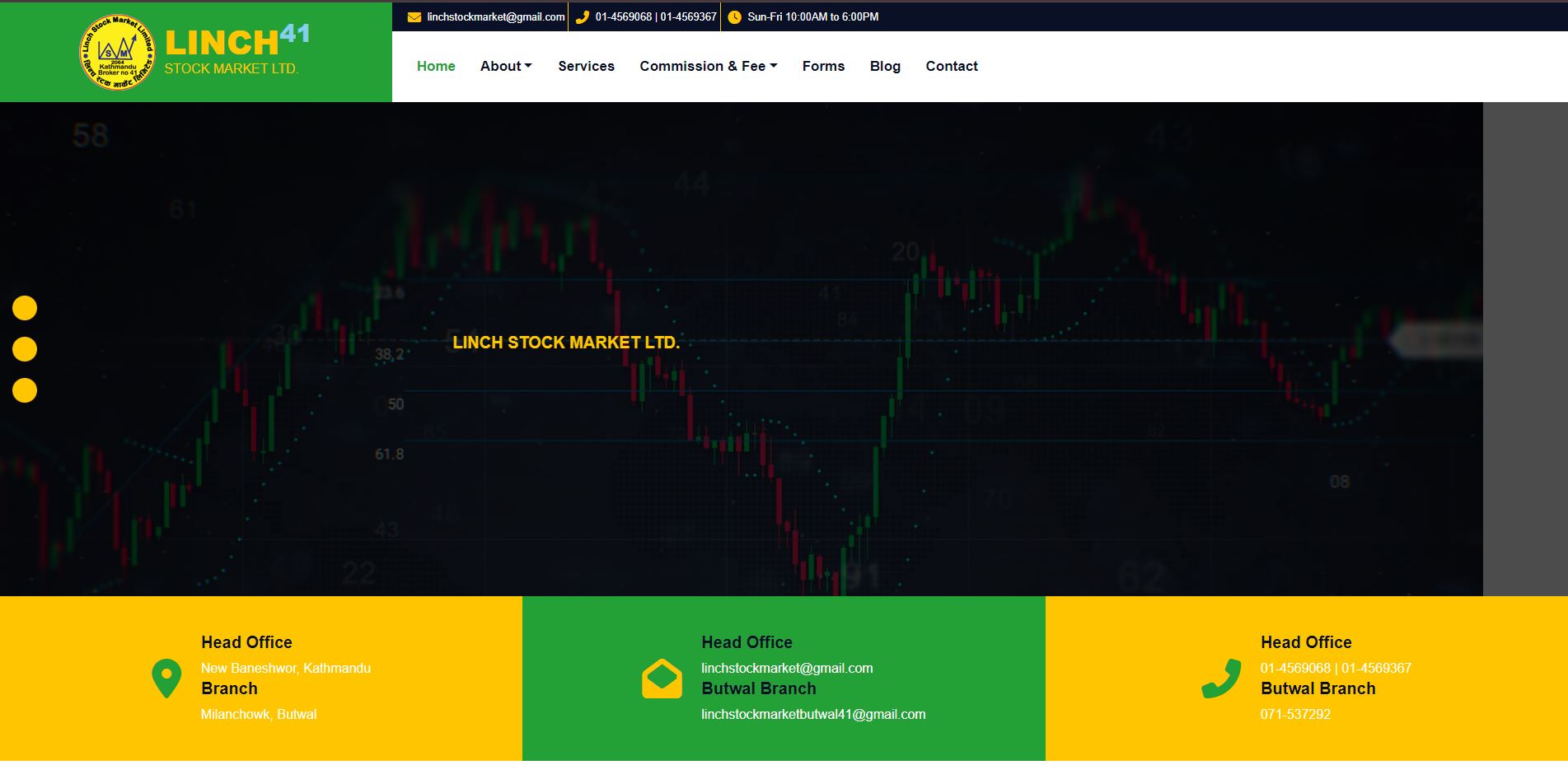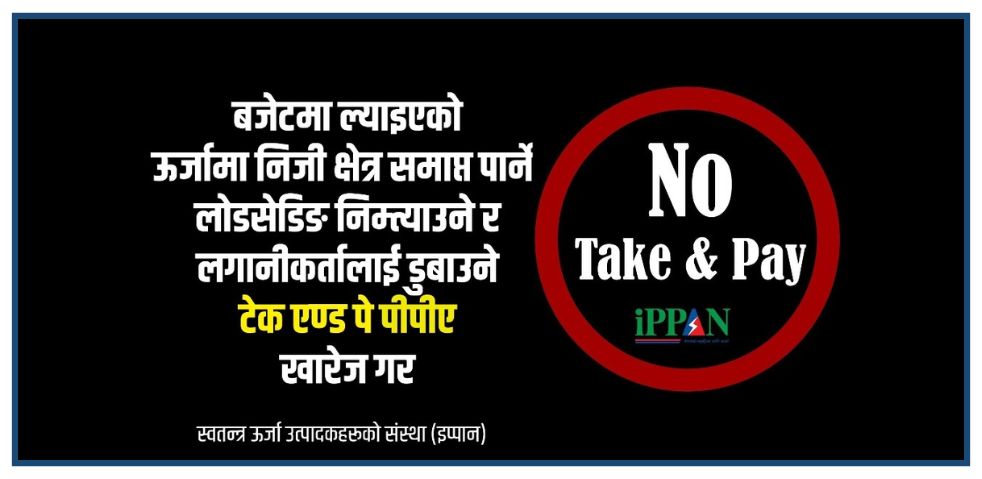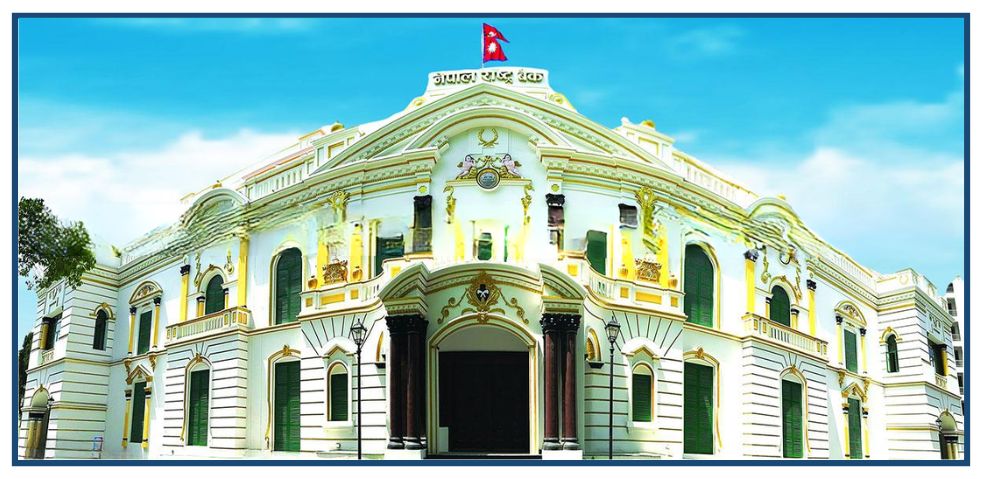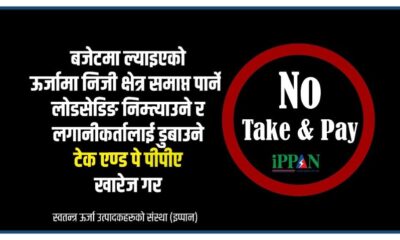Blogs
Which is the best stock broker agent in Nepal?

The stock market has created a good market for itself in Nepal. Many beginners invest in IPOs, while many people have begun investing in the secondary market. However to buy and sell shares you require a broker. There are so many brokers in Nepal, meaning there are so many options you can choose from. But this also means you should make informed decisions.
There are so many things that set good brokers apart from the rest like; customer service, responsiveness, and investment skills.
You may also like:
Aryatara Investment and Securities Pvt. Ltd.

Broker no.: 57
One of Nepal’s leading financial institutions, Aryatara Investment and Securities Pvt. Ltd., specializes in stock brokerage services. Aryatara was founded to empower investors and enable smooth trade, and it has made a name for itself in the Nepalese capital market.
High-net-worth individuals, institutions, and individual investors are served by Aryatara’s portfolio management services. They build diversified portfolios that take into account their clients’ investment horizon, financial objectives, and risk tolerance.
| Broker no. | 57 |
| Contact number | +977 4420314 |
| Location | Province-03, Anamnagar-29, Kathmandu
BUTWAL BRANCH [RWS] DANG BRANCH [RWS] BHAIRAHAWA BRANCH [RWS] PALPA BRANCH [RWS] GATTHAGHAR BRANCH (RWS) |
| Total clients | 7,972 |
| Website | https://aryatarasecurities.com/ |
Nepal Stock House Pvt. Ltd.

Broker No. 14
Investment advising, portfolio management, and stock trading services are offered by this brokerage company. They are well-known on the Nepali stock market and provide investors with individualized services. It is located in Kathmandu, Nepal at ACLBSL 721.00, Kalikasthan-29.
| Broker no. | 14 |
| Contact number | 977-1-4529621, 4529631 |
| Location | Kalikasthan-29, Kathmandu, Nepal
Newroad-8, Pokhara, Nepal Bidur-2 Battar, Nuwakot, Nepa Tikapur-1 Bhimsentol, Kailali, Nepal |
| Total clients | 11,563 |
| Website | https://stockhouse.com.np/ |
Naasa Securities Co. Ltd.

Broker No. 58
Another reputable stock brokerage in Nepal is Naasa Securities. They provide research, investment advice, and trading services. Their team of professionals helps customers make wise investment selections. It is situated in Kathmandu, Nepal at Nagpokhari Marg.
| Broker no. | 58 |
| Contact number | +977-1-5970084 |
| Location | Lal Colony Marg, Lal Durbar, Kathmandu, Nepal |
| Total clients | 31,184 |
| Website | https://naasasecurities.com.np/ |
Imperial Securities Company Pvt. Ltd.

Broker No. 45
situated in Kathmandu, Nepal, at Tanka Prasad Ghumti Sadak. A variety of financial services are offered by Imperial Securities, such as investment advisory, portfolio management, and stock trading. They are known for their dependability and commitment to client satisfaction.
| Broker no. | 45 |
| Contact number | 01-5970145 |
| Location | Anamnagar, Hanumansthan |
| Total clients | 10,120 |
| Website | https://imperialsecurities.com.np/ |
Linch Stock Market Ltd.

Broker no.: 41
Nepal is home to Linch Stock Market Ltd., a public limited business. On the 12th of Paush, 2064, it was registered at the Company Registrar’s Office in Tripureshwar, Kathmandu. The business is dedicated to providing all-inclusive services, such as brokerage and Depositary Participation (DP) under one roof, to its cherished investors1. As a stockbroker, Linch Stock Market Ltd. is licensed by CDS and Clearing Limited (CDSC ) to clear and settle stocks traded on the stock exchange through its member stock brokers1.
It also possesses broker membership number 41 from the Nepal Stock Exchange Limited (NEPSE). Linch Stock Market Ltd. has years of experience in the stock market and is still committed to providing its clients with professional and knowledgeable service.
| Broker no. | 41 |
| Contact number | 01-4569367/01-4569068, 071-537292 |
| Location | New Baneshwor, Kathmandu
Milanchowk, Butwal |
| Total clients | 7,994 |
| Website | https://linch.com.np/ |
You May also like:
Conclusion
If you know a broker or someone you know is into the secondary market, you could also ask them to be your broker. If you do not want to travel for an appointment with a broker, it is a safe move to find a broker near you. This way you can always meet face-to-face in case of any confusion and it speeds up the process as you can always physically meet him.
The secondary market is very profitable but, this means that there is an equal chance of facing the loss in the negative. Brokers are your medium to the secondary market. Do not hesitate to ask questions and check their history so that you have a good broker who knows what he’s doing.
FAQs
1. Can I buy and sell shares without a broker?
With DPs, you can open a Demat account without a broker; but, to trade on the stock market, you will need to open a trading account through a SEBI-registered broker or sub-broker.
2. Do you need a broker to buy and sell shares?
The simple answer is no, although you shouldn’t completely rule them out, you don’t need a living, advice-giving, fee-charging broker. The online storefront where you buy stocks, bonds, exchange-traded funds (ETFs), and other products is called a brokerage, and you need one.
3. Why brokers are necessary?
Because stock exchanges require licenses for traders to perform trades on their platform, you will need a broker. Another reason is that a broker guarantees a seamless trading experience between an exchange and an investor and typically does not impose a commission on ordinary trades, as is the case with discount brokers.
4. Can I buy stocks alone?
Buying stocks can be done in one of two ways: either through an online brokerage or by hiring a robo-advisor or financial advisor to do the buying for you. The optimal approach is the one that corresponds to your desired level of involvement and direction in the investment management process.
5. How do I buy Coca-Cola shares?
Computershare Trust Company, N.A. sponsors and oversees a Direct Stock Purchase and Dividend Reinvestment Plan that allows for the purchase of shares. On Computershare’s website, you can browse and print information regarding the Computershare Investment Plan, including any associated fees.
6. Can I sell shares directly?
To accomplish this, go to the broker’s website or app, log into your account, and then take the following actions: To sell shares from your watchlist or portfolio, select this option. Input the information about the shares you wish to sell, including the price, amount, and name of the company.
7. Can a broker sell your stocks without permission?
Generally speaking, it is against the law for a financial counselor or stockbroker to sell securities without first getting the investor’s consent.
Blogs
Private Power Producers Protest ‘Take and Pay’ Provision in Budget

Private energy entrepreneurs in Nepal have taken to social media, protesting the government’s decision to introduce the ‘Take and Pay’ (Liu Ra Tir) system for electricity purchase agreements (PPA) in the new fiscal year budget.
Under this system, the government would only pay for the electricity it uses, instead of paying for the total electricity generated by hydropower projects. Entrepreneurs argue this move could severely hurt the private sector, discourage investment, and push the country back toward power shortages.
Online Campaign Targets Top Officials
Energy producers are now directly appealing to key government figures. They have publicly tagged Prime Minister Pushpa Kamal Dahal, Finance Minister Barshaman Pun, Energy Minister Shakti Bahadur Basnet, and NEA Executive Director Kulman Ghising on social media, urging them to withdraw the Take and Pay provision.
This digital campaign comes just days after developers handed over a memorandum to the Prime Minister and bombarded top officials with hundreds of SMS messages requesting the same.
Why Are Entrepreneurs Worried?
Entrepreneurs claim that this decision will:
- Weaken the private sector’s role in the energy industry
- Risk the return of load-shedding (power cuts)
- Causes financial losses to investors
- Damage the overall economy
The Independent Power Producers’ Association of Nepal (IPPAN) has strongly opposed the provision. According to IPPAN’s Vice President and protest coordinator Mohan Kumar Dangi, the policy shift will discourage private hydropower development, especially for Run-of-River (RoR) projects, which are most affected by the new model.
Ongoing Protests and Next Steps
Since Asar 6, private power developers have been staging a phase-wise protest. On the third day of their movement, they moved their campaign to social media to raise public awareness and pressure the government.
Dangi warned that if the government ignores these peaceful efforts, the protests will escalate. Planned steps include:
- Lobbying political party leaders in Parliament
- Launching a nationwide street protest
- Returning the keys of privately built hydropower projects to the government — a symbolic act of handing over control
Background: The Budget Controversy
The controversy started when the budget for FY 2082/83 (announced on Jestha 15) stated that all future PPAs for RoR hydropower projects would be done under the Take and Pay model only. This was a major change from the previous Take or Pay model, where producers were paid even if electricity wasn’t consumed, offering more security for private investors.
Conclusion
The ‘Take and Pay’ decision has sparked serious concerns across Nepal’s private energy sector. Developers fear this could lead to a slowdown in future hydropower investments, and possibly, a return to unstable electricity supply. With pressure mounting both online and offline, the government’s next move will be critical for the future of Nepal’s energy landscape.
Blogs
Nepal Rastra Bank to Withdraw NPR 60 Billion from the Banking System on Monday

Nepal Rastra Bank (NRB), the central bank of Nepal, has announced it will withdraw NPR 60 billion in deposits from the banking system on Monday through a deposit collection auction. This move comes as excess liquidity continues to remain in the banking sector since the beginning of the current fiscal year 2081/82.
According to NRB, the withdrawal will be conducted through the online bidding system, and the interest rate will be determined through competitive bidding. The collected amount, including both principal and interest, will be settled on Shrawan 18, 2082 (August 2, 2025).
Key Auction Details
- Total Amount: NPR 60 billion
- Minimum Bid Amount: NPR 100 million
- Bid Increments: Must be divisible by NPR 50 million
- Eligible Participants: Class ‘A’, ‘B’, and ‘C’ licensed banks and financial institutions
- Auction Method: Competitive bidding via NRB’s online platform
- Maturity & Settlement Date: Shrawan 18, 2082
Why Is the Central Bank Taking This Step?
As per NRB, the banking system is currently holding excessive liquidity, with total deposits crossing NPR 7 trillion. However, this liquidity is not being effectively utilized, as loan disbursement has remained slow. This reflects a lack of investor confidence and limited credit demand in the economy.
To control liquidity and stabilize the financial market, NRB has been consistently withdrawing funds using monetary tools since the start of the fiscal year. Tools like reverse repo, outright sale, deposit collection, and bond issuance are being used depending on the situation, whether there is too much or too little money in the system.
Recent Trends in Liquidity Control
Last week alone, NRB withdrew NPR 90 billion in a single day, highlighting the ongoing efforts to manage surplus liquidity. The central bank is using such actions not only when there is an overflow of money but also in times of shortage, to maintain balance in the financial system.
Conclusion
The decision to withdraw NPR 60 billion on Monday shows that Nepal Rastra Bank is actively managing liquidity to ensure financial stability. With a large amount of unused funds in the system, these measures are crucial to prevent inflation, reduce financial risk, and encourage more effective use of capital in the economy.
Blogs
52-Week Low & High Microfinance Shares in Nepal: Current Status and Future Outlook

The microfinance sector in Nepal has been moving sideways for a long time. The group sub-index has been fluctuating between 4,600 and 5,600. Recently, the index reached a swing high of nearly 4,900 but then closed at 4,671.74.
The national budget did not bring any immediate changes that could affect the capital market. So, investors are now waiting for the upcoming monetary policy. After the newly appointed Governor of Nepal Rastra Bank, Dr. Bishwanath Paudel, reduced the risk weight on margin loans from 125% to 100% during the third quarterly review, investor confidence grew.
Investors now hope that the following changes will be introduced in the next monetary policy:
- Removal of the current Rs. 15 crore limit on individual investment
- Removal of the 15% dividend cap on microfinance institutions
- Permission for banks and financial institutions to trade shares for less than one year
Governor Paudel’s public remarks have made investors hopeful that the upcoming monetary policy will be share-market friendly.
Despite the pressure on the market at the end of Ashar, investors are optimistic about a rebound afterward. Experts say microfinance and insurance stocks—whose prices have not surged yet compared to others—might offer better opportunities in the coming days.
Top 20 Microfinance Companies Nearest to 52-Week Low

Some microfinance companies are trading close to their 52-week low prices. These stocks may offer good value for long-term investors. Here are some examples:
-
Nesdo Samriddhi Microfinance had a high of Rs. 2,641 and a low of Rs. 1,540 in the past year. It is currently trading near its lowest point.
-
Sana Kisan Bikas Microfinance and Jan Utthan Community Microfinance are both trading less than 1% above their 52-week lows.
-
Jeevan Bikas, NIC Asia, Infinity, Suryodaya Womi, RSDC, Asha, and Swabalamban Microfinance are trading just 1–3% above their yearly lows.
-
Other companies like Unique Nepal, Bijaya, Forward, Nirdhan Utthan, Diprox, Mahuli, Nerude Mirmire, National, Samata Gharelu, and Laxmi Microfinance are also trading only 3–5.5% above their low points.
According to experts, these stocks could be worth watching for those looking to invest at lower prices.
Microfinance Stocks Near 52-Week High

Interestingly, a few companies are still trading near their 52-week highs even though the overall market is in a downtrend:
-
Unnati Sahakarya Microfinance reached a high of Rs. 5,276 and is now trading at around Rs. 1,804.
-
CYCL Nepal Microfinance had a high of Rs. 1,958 and is still trading at Rs. 1,615, which is relatively strong.
On the other hand, many microfinance stocks are trading 20–40% below their 52-week highs:
-
Aatmanirbhar, Mahila, Grameen Bikas, Kalika, Global IME, Chhimek, Mero Microfinance, and Abhiyan are all trading 22% to 31% below their highs.
-
NMB, First Microfinance, RSDC, Laxmi, Nirdhan Utthan, Diprox, Sana Kisan, Mithila, National, and Swabhiman are trading 34% to 44% below their 52-week highs.
These stocks may still have room to rise if the market recovers and favorable policies are introduced.
Conclusion
The microfinance sector in Nepal is at a turning point. While the market has been moving sideways, investor confidence is building, especially with hopes for a supportive monetary policy. Stocks near their 52-week lows may offer attractive entry points, while those holding near their highs show relative strength.
For both new and experienced investors, this could be a good time to study the microfinance sector closely and plan for the long term. As always, careful research and risk assessment are essential before making any investment decisions.
-

 Blogs3 days ago
Blogs3 days agoHydropower Gains 7.8% in One Month, Outperforming All Sectors
-

 Blogs8 hours ago
Blogs8 hours agoPrivate Power Producers Protest ‘Take and Pay’ Provision in Budget
-

 Blogs9 hours ago
Blogs9 hours agoNepal Rastra Bank to Withdraw NPR 60 Billion from the Banking System on Monday
-

 Blogs10 hours ago
Blogs10 hours ago52-Week Low & High Microfinance Shares in Nepal: Current Status and Future Outlook
-

 Blogs1 year ago
Blogs1 year agoList of Stock Brokers in Nepal with NEPSE TMS Login – Updated
-

 Blogs10 hours ago
Blogs10 hours agoAsian Life Insurance to Issue Rights Shares from Asar 25
-

 Blogs6 months ago
Blogs6 months agoSiuri Nyadi Power Limited Added to IPO Pipeline by SEBON
-

 Blogs3 months ago
Blogs3 months agoPure Energy IPO For General Public


